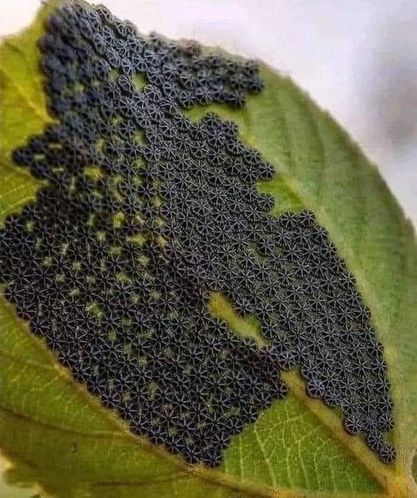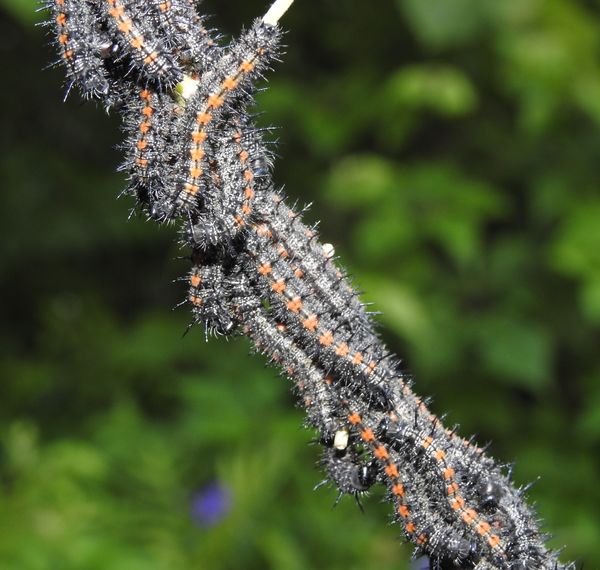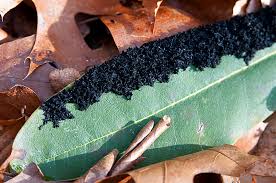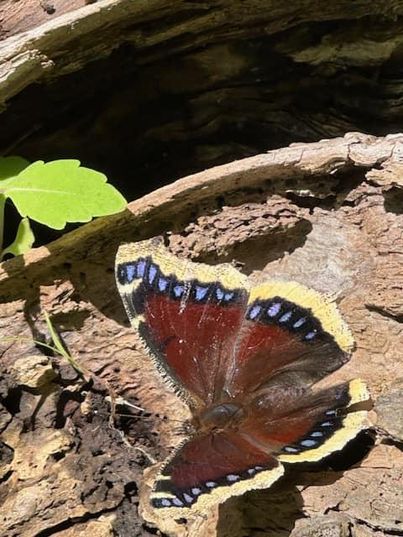If you see this geometric mass in your garden, don’t touch it

image: Martha Stewart
Nature constantly showcases its fierce beauty through intricate artistry that humans cannot replicate. These unique works of art are meant to remain untouched, preserving the delicate processes of nature’s creations.
Contrary to what its name suggests, the Mourning Cloak butterfly isn’t mourning but rather celebrating its status as one of the longest-living butterfly species in North America. These winged wonders typically live up to one year, earning their name from their velvety dark wings, reminiscent of a traditional mourning cloak. Adding a pop of color, the wings feature a row of iridescent blue spots on the inner edge, surrounded by a bright yellow ribbon on the outer edge. When folded, their wings resemble a charred piece of bark with a dull white band underneath.

These butterflies belong to the brush-footed family (Nymphalidae), known for their greatly reduced, often hairy and brush-like first pair of legs. Unlike their relatives, Mourning Cloaks prefer sap, fruit, or the sugary residue left by aphids over flower nectar.

A remarkable adaptation allows these all-season butterflies to overwinter as adults in sheltered spots like tree hollows or sheds. They possess a natural antifreeze, mainly composed of glycerol, enabling them to withstand temperatures as low as 80 degrees below zero. In extreme heat, they go dormant until fall, emerging to feed and store fat for the upcoming winter.
In early spring, often before flowers bloom, Mourning Cloak butterflies are among the first you will see. After mating, they use trees or leaves as canvases to lay clusters of berry-like eggs. These intricate eggs change from golden yellow to black before hatching, creating a striking visual.

Mourning Cloak caterpillars are unique, typically black or dark brown with tiny spines covering their bodies.
Also read
They may have small white or yellow spots and reddish-orange markings near their head and tail ends. Voracious feeders, these caterpillars consume large quantities of foliage, often defoliating host plants like shrubs, poplar, elm, or willows. When threatened, they twitch in unison, making their spiky bodies less appealing to predators. While their spines can cause skin irritation or a mild sting, it’s best to avoid handling them with bare hands, especially if you have sensitive skin or allergies.

As caterpillars transform into butterflies, they spin a chrysalis and emerge as beautiful Mourning Cloaks. These butterflies can be beneficial in gardens, feeding on rotting fruit and aiding in the decomposition process.





